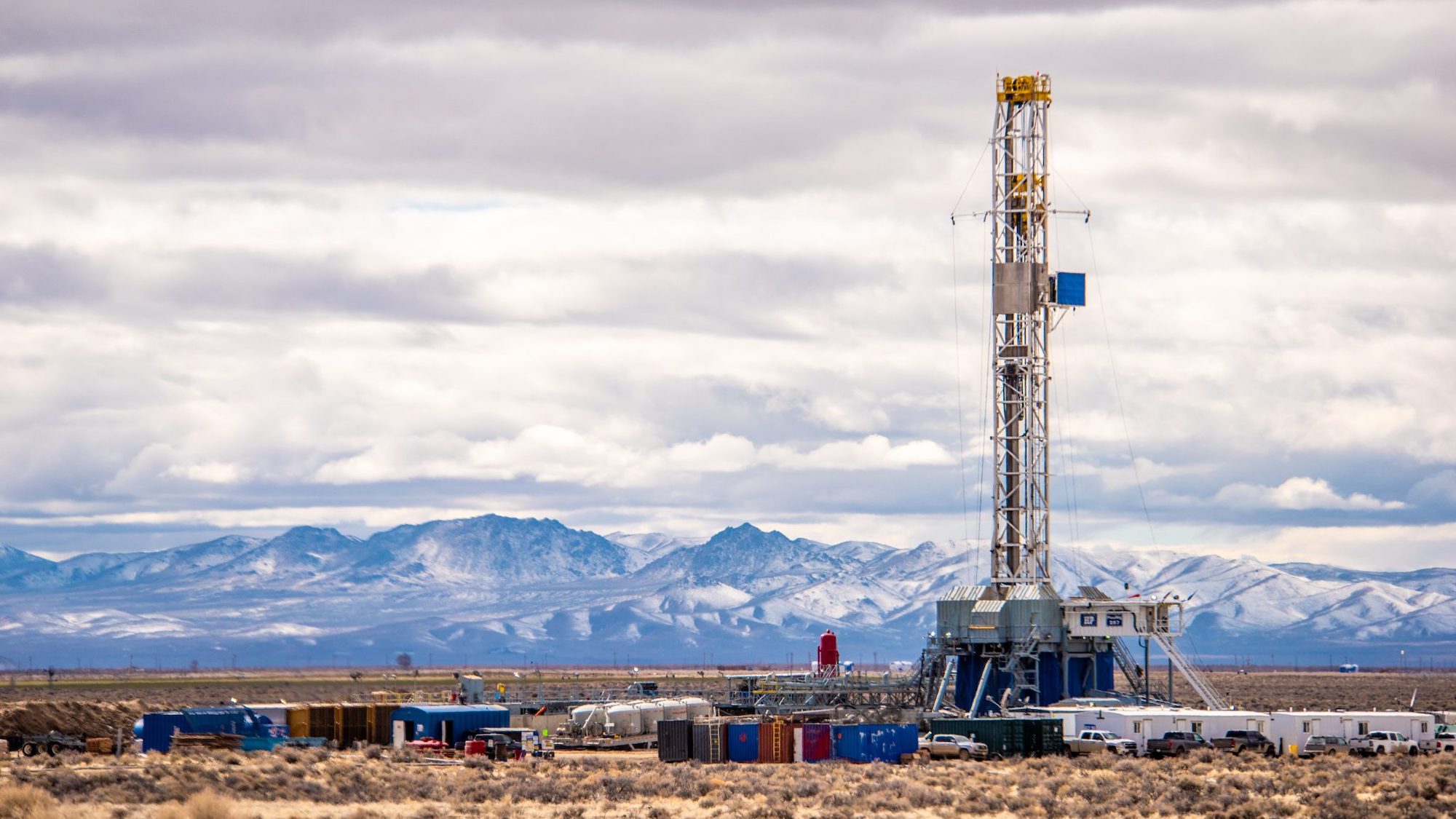

Harnessing the Earth’s geothermal energy at a commercial scale could be an integral part of society’s transition to greener infrastructure, and a Houston-based startup just claimed a major milestone in making that goal a reality. On Tuesday, Fervo Energy confirmed it has successfully completed a 30-day trial run of its Project Red commercial pilot site in northern Nevada. The results could help open the industry at a crucial moment for climate sustainability.
According to the energy company’s July 18 announcement, the Project Red site was able to produce 3.5 megawatts of sustained power—enough to fuel approximately 2,600 homes—over the industry standard, month-long energy test. Fervo also contends their proof-of-concept sets new records for flow and power outputs.
Geothermal power is an incredibly attractive green energy source, as it is completely carbon-free and can operate 24/7, unlike solar and wind farms. The US Department of Energy estimates the country sits atop enough geothermal energy to hypothetically power the entire world, but only about 0.4 percent of the nation’s energy came from such sources in 2022.
[Related: How heat pumps can help fight global warming.]
That said, geological limitations—such as the right amounts of heat, water, and underground permeability—have largely restricted harvesting to shallow hydrothermal sources in areas such as Nevada’s Great Basin region. Meanwhile, mining operations can destabilize an underground area enough to trigger earthquakes.
An enhanced geothermal system (EGS), however, leverages oil and gas tech to drill much deeper into the Earth to reach energy reservoirs. As Bloomberg notes, engineers and researchers have attempted to make commercial EGS a viable avenue for energy production since the 1970s, and Fervo’s recent demonstration is the first to be done at such a scale.
Fervo’s EGS works by vertically drilling deep into geothermal reserves, thus allowing for multiple wells at a single location. Project Red’s setup, for example, uses a pair of 7,700 feet deep wells connected by roughly 3,250 feet long horizontal pipes. As Canary Media explains, fluid is then pumped into the reservoir, where it is heated to as much as 376 degrees Fahrenheit and fed into turbines to generate electricity. Meanwhile, fiber optic cables installed within the wells provide real-time monitoring of temperature, flow, and performance to best optimize its performance.
A number of roadblocks remain before EGS sites like Fervo’s can expand their scope—most importantly, reducing costs and meeting regulatory approvals. In 2022, US Energy Secretary Jennifer Granholm announced the Enhanced Geothermal Shot, which aims to reduce EGS costs by 90 percent to roughly $45 per megawatt hour by 2035. Regardless of future costs, however, a previously announced partnership with Google will soon begin using Project Red’s energy generation to fuel a portion of its data centers near Las Vegas.
